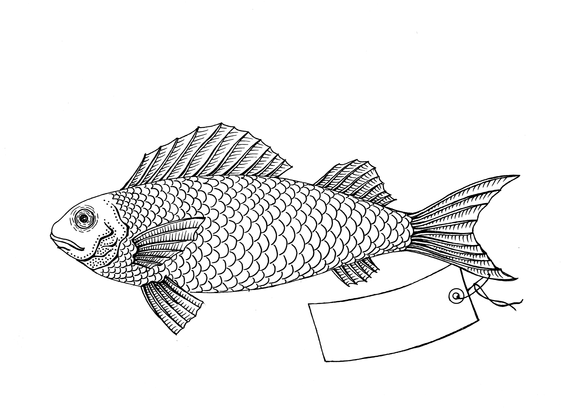@tapeloop
- 12 Followers
- 80 Following
- 180 Posts
"EDF can operate its 1300 MWe capacity reactors beyond their original 40-year lifespan provided that necessary upgrades are carried out, the French Nuclear Safety and Radiation Protection Authority has decided."
“Coder” always reminded me of the term “CAD monkey” which is widespread in disciplines like Architecture. In school we were told we should aim to become an Architect, not a CAD monkey. The architect was the author, the folk with ideas, the monkey received the ideas and modelled them in AutoCAD.
Now here is the catch: in my (short) experience, you only realise issues with the design when the monkey starts to work. Turns out this and that structural elements don’t align, turns out that space is smaller than what it should be, specially if you want it to look like on the sketch. You could think about that process in terms of “waterfall”, which programmers know to be faulty because design and implementation are not a linear process, they are related in a feedback loop, and that loop gets shorter if the architect becomes part CAD monkey and vise versa. You want a short loop because you want to keep the creative flow going. You design something, you try to implement it, you realise it won’t work, you go back and improve the design or throw it away. All this happens in a very messy and lousy defined way, because, well, brains are fascinating


